X-ray studies could help make LIGO gravitational wave detector 10 times more sensitive
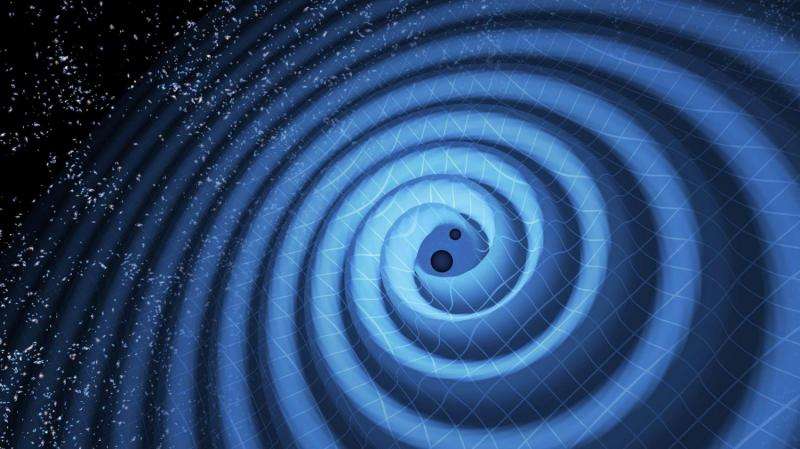
Scientists from Stanford University and the Department of Energy's SLAC National Accelerator Laboratory are using powerful X-rays to study high-performance mirror coatings that could help make the LIGO gravitational wave observatory 10 times more sensitive to cosmic events that ripple space-time.
The current version of the Laser Interferometer Gravitational-Wave Observatory, called Advanced LIGO, was the first experiment to directly observe gravitational waves, which were predicted by Albert Einstein 100 years ago. In September 2015, it detected a signal coming from two black holes, each about 30 times heavier than the sun, which merged into a single black hole 1.3 billion years ago. The experiment picked up a similar second event in December 2015.
"The detection of gravitational waves will fundamentally change our understanding of the universe in years to come," says Riccardo Bassiri, a physical science research associate at Stanford's interdisciplinary Ginzton Laboratory. "Extremely precise mirrors are the heart of LIGO, and their coatings determine the experiment's sensitivity, or ability to measure gravitational waves. So improving those coatings will make future generations of the experiment even more powerful."
Bassiri has teamed up with Apurva Mehta, a staff scientist at SLAC's Stanford Synchrotron Radiation Lightsource (SSRL), to study the atomic structure of coating materials and develop ideas for better ones. SSRL is a DOE Office of Science User Facility.
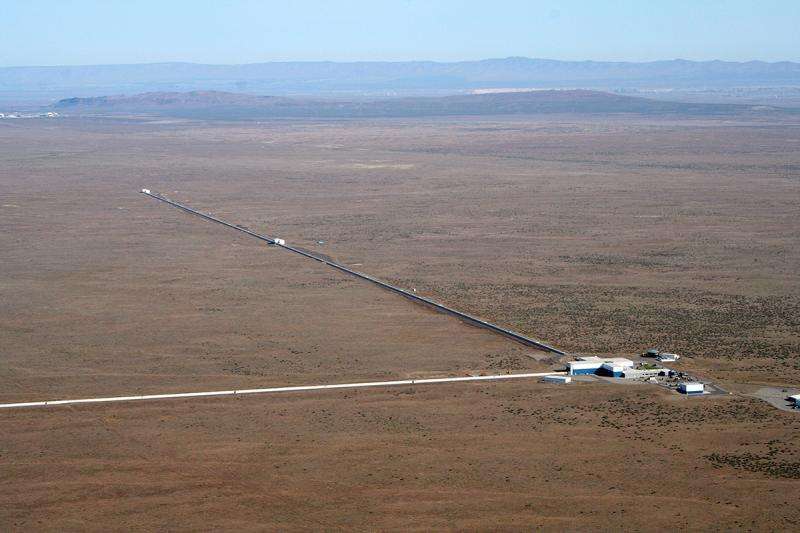
Minuscule Wrinkles in Space-time
The L-shaped LIGO observatory has two arms, and changes in the difference in the length of the arms can be precisely measured by laser beams that travel back and forth inside them, bouncing between two mirrors.
Normally, both arms are the same length, about 2.5 miles long. However, when a gravitational wave passes by, periodically stretching and compressing space-time, it changes the relative length of the arms by a minuscule amount. This is the signal that the experiment is looking for.
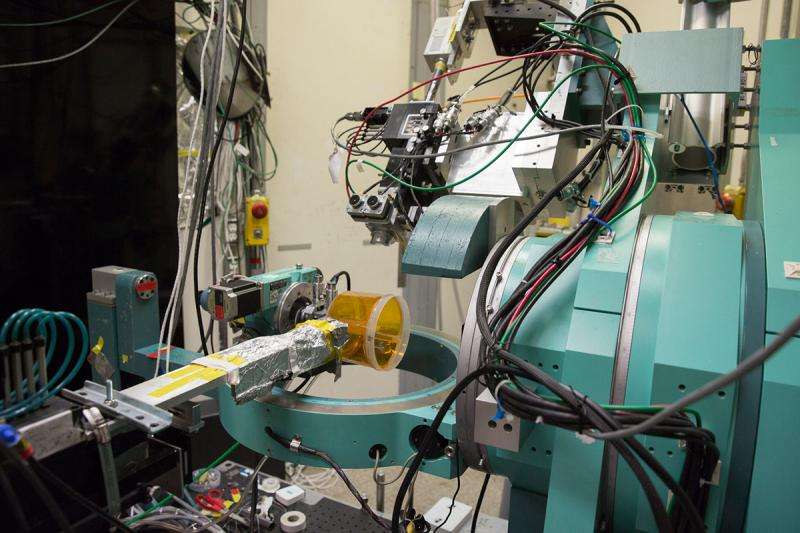
Since LIGO consists of two nearly identical instruments, located 1,900 miles apart in Hanford, Washington, and Livingston, Louisiana, it can also roughly determine a gravitational wave's cosmic origin.
"The effects of gravitational waves on the LIGO detectors are incredibly small, with relative changes in arm length on the order of one thousandth of the diameter of an atomic nucleus," Bassiri says. "On this scale, random atomic motions in the mirror coatings, known as thermal noise, can obscure signals from gravitational waves."
Understanding Thermal Noise
All materials exhibit thermal noise to some degree, but some are less noisy than others. LIGO's mirrors, which are among the least noisy in the world, are coated with thin layers of silica and tantala, oxides of the chemical elements silicon and tantalum.
Previous research has shown that heating tantala to hundreds of degrees Fahrenheit and adding titanium oxide, or titania, to its layers in a process called doping can lower the thermal noise. However, scientists do not know exactly why.
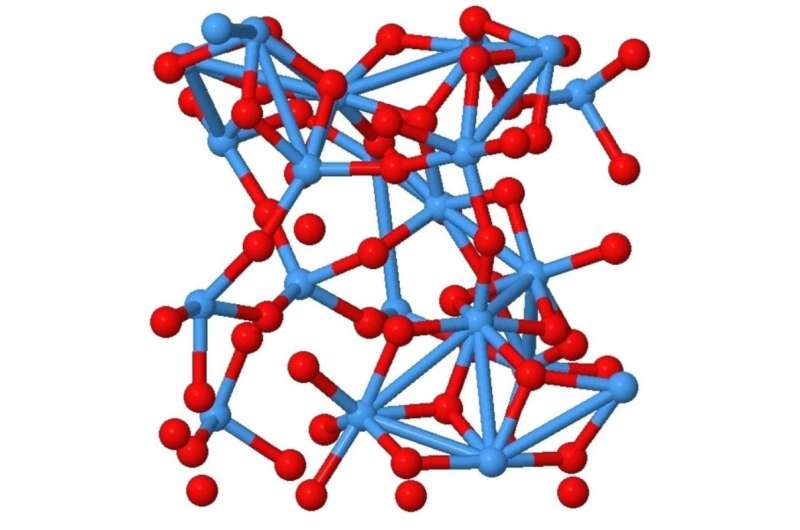
"At the moment, we're only beginning to understand how these treatments affect the atomic structure," Mehta says. "If we were able to get a better grasp of how a material's properties are linked to its structure, we might be able to design better materials in a more efficient, controlled way instead of searching for them with a trial-and-error approach."
Zooming in on Atomic Structure
With SSRL's X-rays, Mehta and Bassiri try to identify structural rearrangements that could explain the reduction in thermal noise on the atomic level.
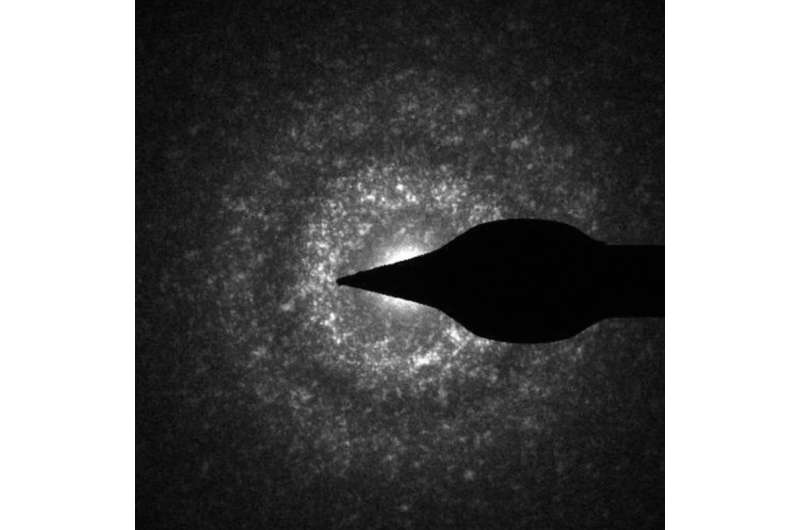
Using a technique called extended X-ray absorption fine structure spectroscopy, or EXAFS, they compared samples of the mirror coating material before and after being treated with heat or doping.
"Our data show that very close to the tantalum atoms – within a radius of about a billionth of a meter, or nanometer – the structure changes very little," Bassiri says. "This is quite unexpected, considering how different the thermal noise is for the different samples."
The result is surprising because the coating material is amorphous, which means that on larger scales, it does not have much of an organized atomic structure that could account for the drastic change in thermal noise. Using another technique at SSRL, called grazing-incidence X-ray pair distribution function (GI-XPDF), the researchers are now looking into the possibility that structural changes occur at a medium distance range, up to 5 nanometers from the tantalum atoms.
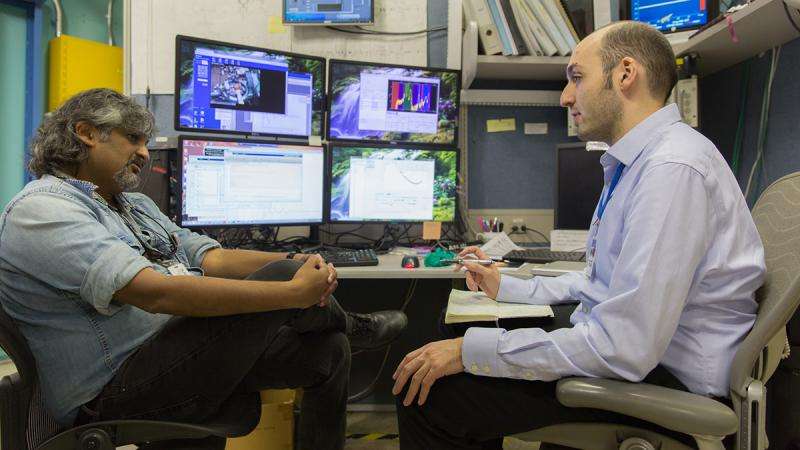
"These new data indeed show, for the first time, that the structure becomes more organized when the material is heated," Mehta says. "It appears that heating leads to the formation of structural order in the medium distance range that helps reduce thermal noise."
Applications Beyond LIGO
The researchers are in the process of testing a number of materials to see how various doping percentages and manufacturing procedures change the medium-range order. Their hope is that this will lead to detailed models of the atomic structures and to theories that can predict how tweaking these structures can yield better material properties.
"Advanced LIGO and the desire to understand the fundamental physics of gravitational waves are the main drivers for this type of research," Bassiri says. "But it also has the potential for influencing a whole industry that uses amorphous coating materials for a wide range of applications, from precise atomic clocks to high-performance electronics and computing to corrosion-resistant coatings."
Provided by SLAC National Accelerator Laboratory



















